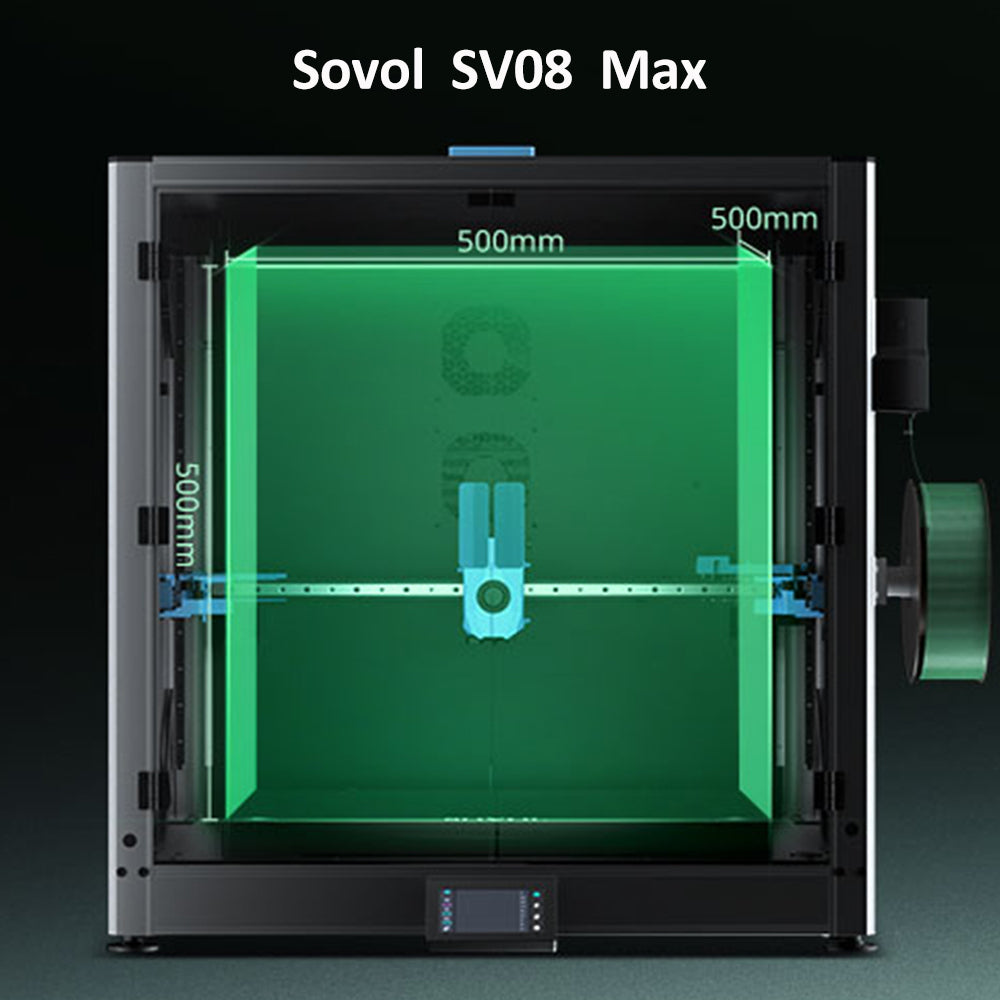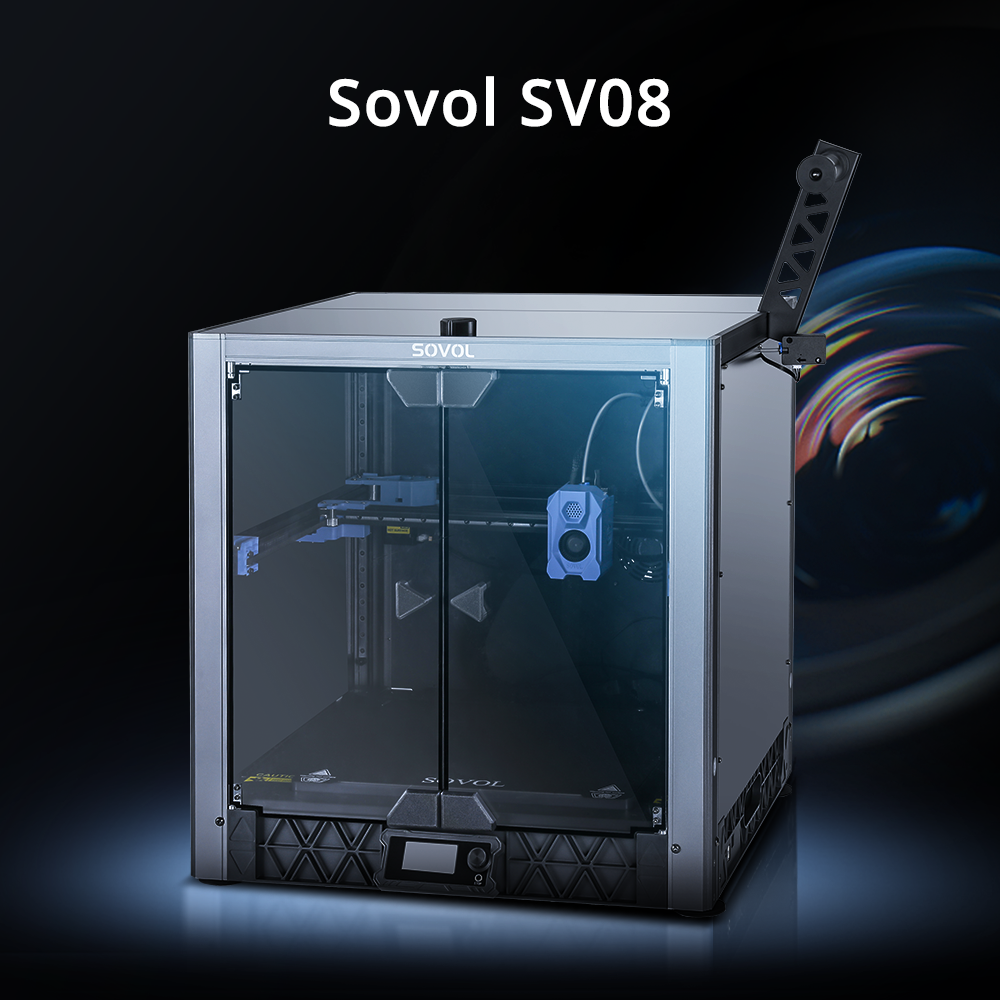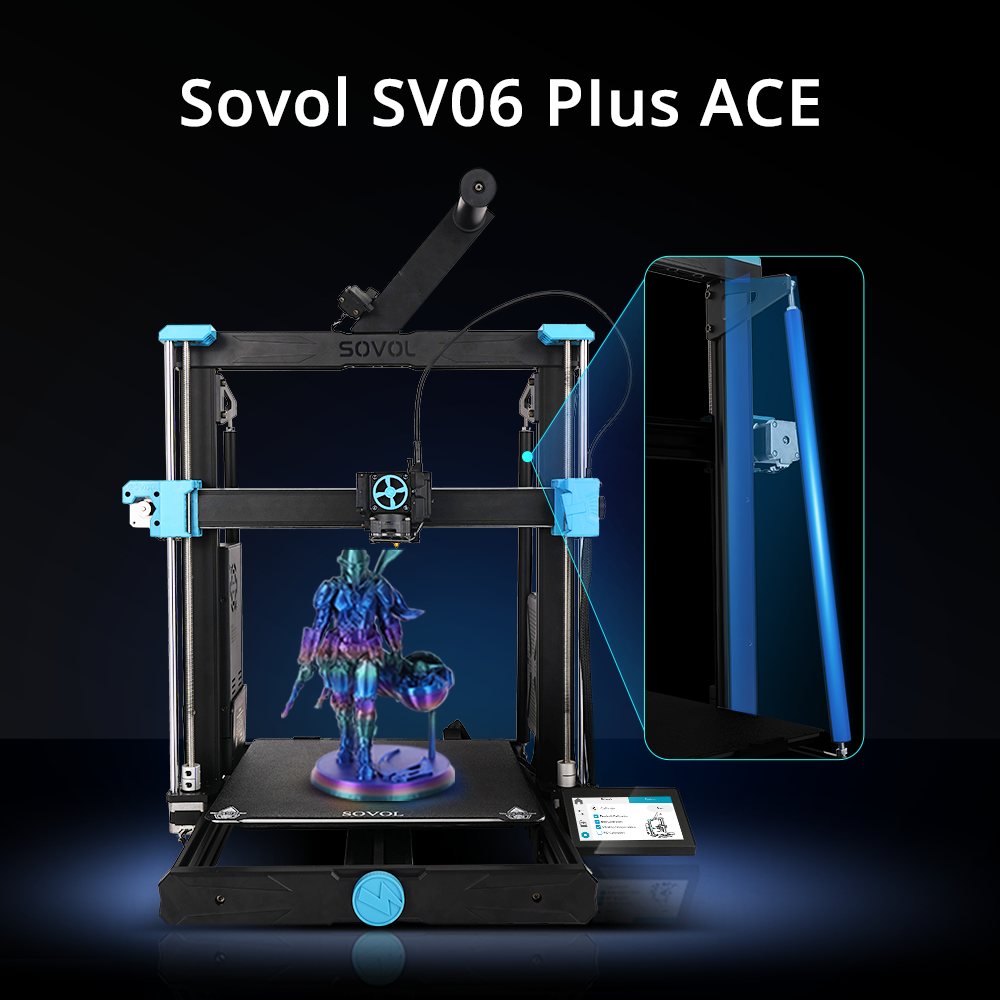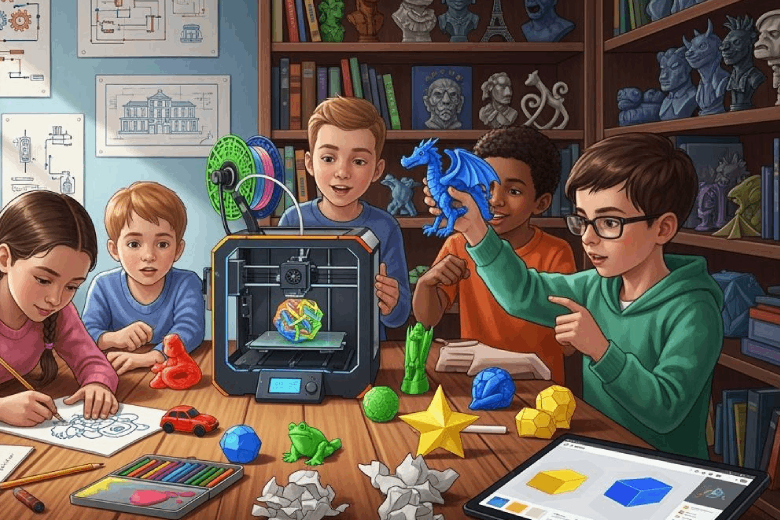3d printers let you turn your child’s imagination into reality through hands-on learning. With 3d printing, you help build STEM skills while making learning engaging.
- Kids interact with custom toys and models, deepening understanding and sparking curiosity.
- Personalized creations support children of all abilities, making learning more meaningful.
Key Takeaways
- 3D printing transforms imagination into reality, helping kids learn through hands-on experiences.
- Collaborative projects with 3D printing build teamwork and communication skills among children.
- Using 3D printing makes abstract concepts tangible, enhancing understanding and engagement in learning.
3D Printers in Home and Classroom
Building Community and Engagement
You can transform your home into a creative lab with 3d printers. These learning tools allow you to design and produce custom toys and objects that spark imagination. For example, you might print a marble maze that entertains both adults and children for hours. You could create a movable elephant toy inspired by robotic puppets, or a Rubik's cube that challenges problem-solving skills. Some families enjoy printing whimsical items like a toothpick dispenser shaped as a character or a dragon egg holder for unique storage. These projects encourage children to experiment and express themselves through design.
In the classroom, 3d printing acts as a bridge between subjects and students. You see engagement rise when students collaborate on projects that require teamwork and creativity. Scott Jennings, a 6th-grade teacher, highlights how collaboration becomes essential when using this technology. He integrates 3d printing into art, literature, and social studies, making lessons more relevant and enjoyable. The classroom transforms into a space where learning tools bring concepts to life. Students interact with physical models, such as organ structures or architectural designs, which deepens understanding and supports project-based learning.
Tip: Parental involvement and supervision remain crucial when children use 3d printers at home. You should always monitor the printing process and teach safety guidelines to prevent accidents.
Collaborative Projects for Kids
You can foster teamwork and communication by encouraging children to work together on 3d printing projects. In the classroom, students often form groups to brainstorm, design, and print solutions for real-world challenges. These collaborative activities build social skills and help children learn from each other. When students share ideas and divide tasks, they experience the value of cooperation and collective problem-solving.
Teachers use 3d printers as learning tools to support engagement and hands-on exploration. You might see students designing models for science experiments or creating props for literature presentations. The classroom becomes a hub for creativity, where technology supports both individual growth and group achievement. By participating in collaborative projects, children gain confidence and develop skills that prepare them for future careers in STEM fields.
3D Printing for Creativity and STEM Skills
Making Learning Tangible
You can use 3d printing to make abstract ideas real for children. When you introduce 3d printers into home education or classroom settings, you give students the chance to turn digital designs into physical objects. This process helps children understand concepts that might seem confusing in textbooks. For example, you can print a model of a molecule or a geometric shape. Children can hold these 3d printed objects, rotate them, and see how different parts connect. This hands-on approach supports learning goals by making lessons more interactive.
- Digital tools in schools support creative design, letting children develop and produce their own products.
- Open workshops and makerspaces use 3d printers to help children grasp abstract concepts through hands-on design and experimentation.
- Activities like programming games, modeling for 3d printing, and building robots engage children in practical learning.
- Specialized workshops such as FabLabs encourage collaboration and creativity, making abstract ideas more concrete.
You can also use 3d printing as assistive technology in special needs education. For children with autism, tactile models can make lessons more accessible. You might print custom learning aids that help students with autism understand routines or social stories. These tools support students showing improvement in communication and comprehension. By adapting lessons with 3d printed resources, you create more opportunities for every child to succeed.
Note: Enhancing lessons with 3d printing gives all students a chance to participate, especially those who benefit from visual and tactile learning.
Developing Problem-Solving and Future Skills
You help children build essential skills for the future when you integrate 3d printing into lessons. The process of designing and printing objects encourages creativity and critical thinking. Children learn by doing. They move from ideas to real products, which strengthens their understanding through experimentation.
- 3d printing allows students to design unique objects, which fosters imaginative thinking and problem-solving.
- Engaging with 3d modeling teaches precision, planning, and analytical thinking.
- Students develop STEM skills as they work through challenges and refine their designs.
You can see students showing improvement in teamwork and communication as they collaborate on projects. For example, children with autism often thrive in group settings where they can share ideas and divide tasks. These experiences help them build confidence and social skills.
3d printers prepare children for future careers in technology and engineering. By working with 3d printing, students develop STEAM skills that employers value. They learn to adapt to new challenges and solve problems actively. The integration of 3d technology in education enhances creative thinking and prepares students for the demands of tomorrow’s workforce.
Tip: When you use 3d printing to meet learning goals, you give children the tools to succeed in a changing world.
You create a foundation for lifelong learning by encouraging children to explore, experiment, and innovate. 3d printing opens doors to new opportunities, helping every student reach their full potential.
You inspire creativity and real-world skills when you introduce 3D printing to children. Start with simple toys or color learning projects.
- Work together on family designs using SOLIDWORKS Apps for Kids.
- Always supervise and store devices safely.
|
Course Name |
Date and Time |
Location |
|---|---|---|
|
Sa. 25.01.2025, 08:00 - 14:00 Uhr |
Linz Wissensturm |
|
|
TinkerCAD: Modellieren für den 3D-Druck |
Di. 11.02.2025 18:00 - 21:00 Uhr & Do. 13.02.2025 18:00 - 21:00 Uhr |
Linz Wissensturm |
FAQ
How do 3D printers support child development at home?
You encourage child development by letting students design and print objects. Students learn by experimenting, solving problems, and sharing ideas with family members.
What safety tips should students follow when using 3D printers?
You teach students to keep hands away from hot surfaces. Students should wear safety glasses. You supervise students during printing and store devices safely after use.
Can students with special needs benefit from 3D printing?
You help students with special needs by providing tactile models. Students use custom learning aids. Students improve communication and understanding through hands-on activities.







